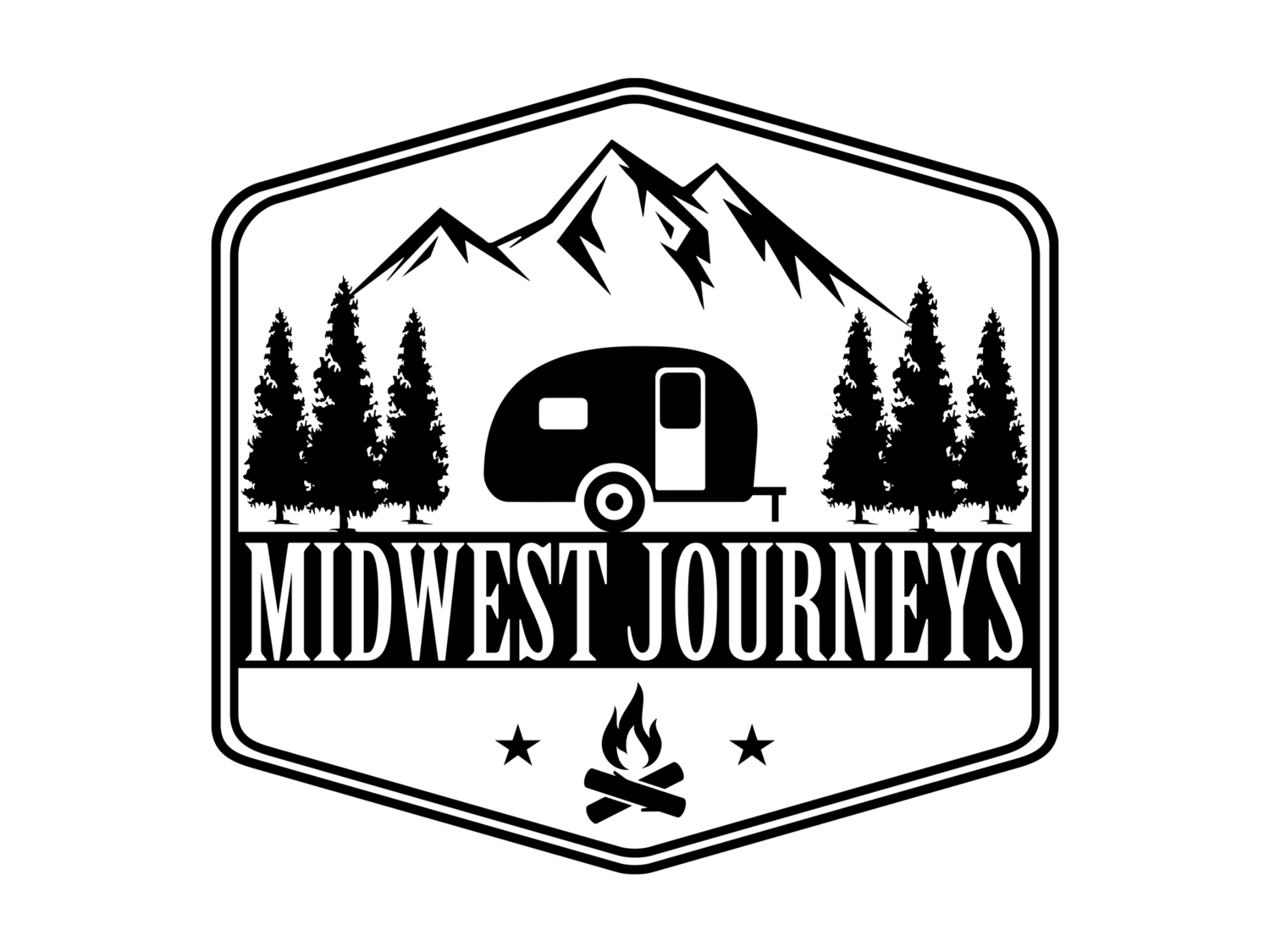The First Trip
Back in 2012, Tammy and I decided that we wanted to start backpacking. For years we had enjoyed hiking and camping and had been intrigued by the thought of combining the two activities. We talked about it for a while, and finally decided to take the leap.
First off, we knew that we would need to purchase some equipment to supplement our current camping gear. We were pleasantly surprised as we found that much of our current gear would suffice. We had regularly camped from our motorcycles, so we had previously downsized much of our equipment for that. Our Osprey Kestrel 32 packs were a little undersized for backpacking, but they would work fine for a two night trip in late summer. The only purchase that would need made for this first trip would be our cookware.
I think the biggest challenge to this trip was finding somewhere relatively local that allowed backpacking. The Missouri State Parks allow backpacking in some parks, but information is not always clear and easy to find. After some consideration, we decided on Thousand Hills State Park in Kirksville, MO. The Thousand Hills Trail wraps around the lake for 10.5 miles and was perfect for us to hike in part of the way for an easy out and back.
We left early Friday morning to start our trip. Unable to purchase our cookware before then, we needed to make a Bass Pro stop on the way. Unfortunately, they had a limited selection to choose from. Luckily, what they did have was a MSR PocketRocket stove and a GSI Pinnacle Dualist cookset, each of which continue to be our primary cooking equipment.
Upon arrival at the State Park, we made the required stop at the park office to sign in. We asked if there was anything special that we needed to know. The person at the office was friendly and provided us with good directions to the trailhead (which was a little out of the way, on the backside of the park). We arrived there, took our mandatory trailhead picture, and were on our way.
As we were hiking, we started to realize that a full backpack is a bit more noticeable than what we originally expected. We also found that parts of our bodies became sore that I would have never expected (I had never felt my hip flexors like that). We hiked in about three miles and decided to setup camp. This also being a new experience, I did not realize the difficulty in finding a campsite when there isn’t a sign with a number next to it. We settled on a spot and relaxed for the rest of the evening. We had purchased some Mountain House dinners and found out that we had some mixed opinions on those. They were at lease edible and we didn’t go hungry.
That night we slept well for a while, then began to realize that the temperature was dropping a bit more than what we had expected. We had brought our Eureka Hoback sleeping bags which have a temperature rating of 60 degrees. Temperatures that night were dipping into the high 50’s. We never expected that being cold would be an issue in August, but it certainly was that night.
We were thankful when the sun started to come up the next morning and it didn’t take us long to begin to warm up. We made the decision to keep our campsite set up and just hike further down the trail and back to the same spot for the second night. There was a primitive campsite about three miles further down the trail, so we decided we would hike to it, eat lunch, and then come back to camp.
The trail wasn’t bad. We were a little disappointed that it took us out of site of the lake for a good portion of it. As we approached the primitive camp site, we began to wonder why anyone would want to camp there. It was secluded, but for being on a trail that circled a lake, it was a good distance to get to a water source. However, it did serve our purpose well. We ate our lunch and started back to camp.
We spent much of the late afternoon playing in the lake and relaxing. As the day was coming to an end, a boat started coming across the lake toward us. As it neared, I realized it was a park ranger, so I went down to meet him by the lake. He asked us if we had seen any horse traffic on the trails (which we had not, other than signs of them). He then told us that camping along the trail was not allowed and we would have to go down to the primitive camp site or leave. We planned on leaving early the next morning, so we did not want to hike back in three miles to turn around and hike out six miles the next morning. Therefore, we decided to leave. Unfortunately, it was late enough in the day that by the time we got everything packed, most of our three mile hike to the car was in the dark. It was well after midnight when we finally made it home.
From later research, I found out that the ranger was incorrect. Missouri State Parks do allow camping along the backpacking trails. I am guessing that the ranger was not familiar with this due to the lack of backpackers at that park. We were disappointed at the time, but I still consider that trip to have been a success. We learned several important lessons, and in an environment where the repercussions were not dire. One of the major lessons learned was that there are some things that you can and should be prepared for. On the other hand, some things are completely unforeseeable and you must be able to adapt to the situations presented to you.
